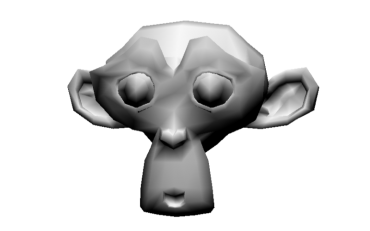Microsoft and Samsung have co-organized the first edition of the Next Game Frontier conference, a technical web event purely dedicated to games made with web standards. The initial idea came after a discussion we had[…]
Coding4Fun tutorial: creating a 3D WebGL procedural QRCode maze with Babylon.js
In this tutorial, you should have a lot of fun. You’ll learn how to create a 3D Maze using Babylon.js/WebGL based on a dynamically generated QR Code! This is based on a demo I’ve written[…]
L’histoire du jeu vidéo à travers mes 30 ans d’expérience de joueur
Aujourd’hui, les jeux vidéo représentent sans aucun doute un bien culturel se positionnant sans problème au même rang que le livre ou le cinéma. Je me souviens pourtant que “petit”, c’était loin d’être gagné. A[…]
Using WebGL to create games for the Windows Store
The Windows Store is probably the most opened platform for game studios today. You can create your games using DirectX 11, HTML5 2d-Canvas, Cocos2D-X, Unity 3D and starting with Windows 8.1 with WebGL! By the[…]
ParisWeb 2013: building a Tetris-like game using CSS Grid Layout & Blend 5
I’d like to share with you a mysterious internal secret kept within Microsoft and the W3C for now a long time now. It’s the real story behind the concept of the CSS Grid Layout imagined[…]
Using IndexedDB to handle your 3D WebGL assets: sharing feedbacks & tips of Babylon.JS
In this article, I’d like to share everything I’ve been learning while developing the support for IndexedDB inside our 3D WebGL Babylon.JS game engine. Indeed, since 1.4.x, we’re now supporting storing & loading the JSON[…]
Qu’importe le langage, pourvu qu’on ait l’ivresse
J’aimerais sortir de mes articles techniques habituels pour aborder un sujet qui me tient particulièrement à cœur: être développeur n’a rien à voir avec le fait de maitriser un langage particulier. J’aimerais donc revenir sur[…]
Tutorial part 6: learning how to write a 3D software engine in C#, TS or JS – Texture mapping, back-face culling & WebGL
Here is the final tutorial of this long series. We’re going to see how to apply a texture to a mesh by using mapping coordinates exported from Blender. If you’ve managed to understand the previous[…]
Tutorial part 5: learning how to write a 3D software engine in C#, TS or JS – Flat & Gouraud Shading
We’re now going to discover probably the best part of the series: how to handle lightning! In the previous, we’ve fixed a random color per face to be able to see the mesh. We’re[…]




